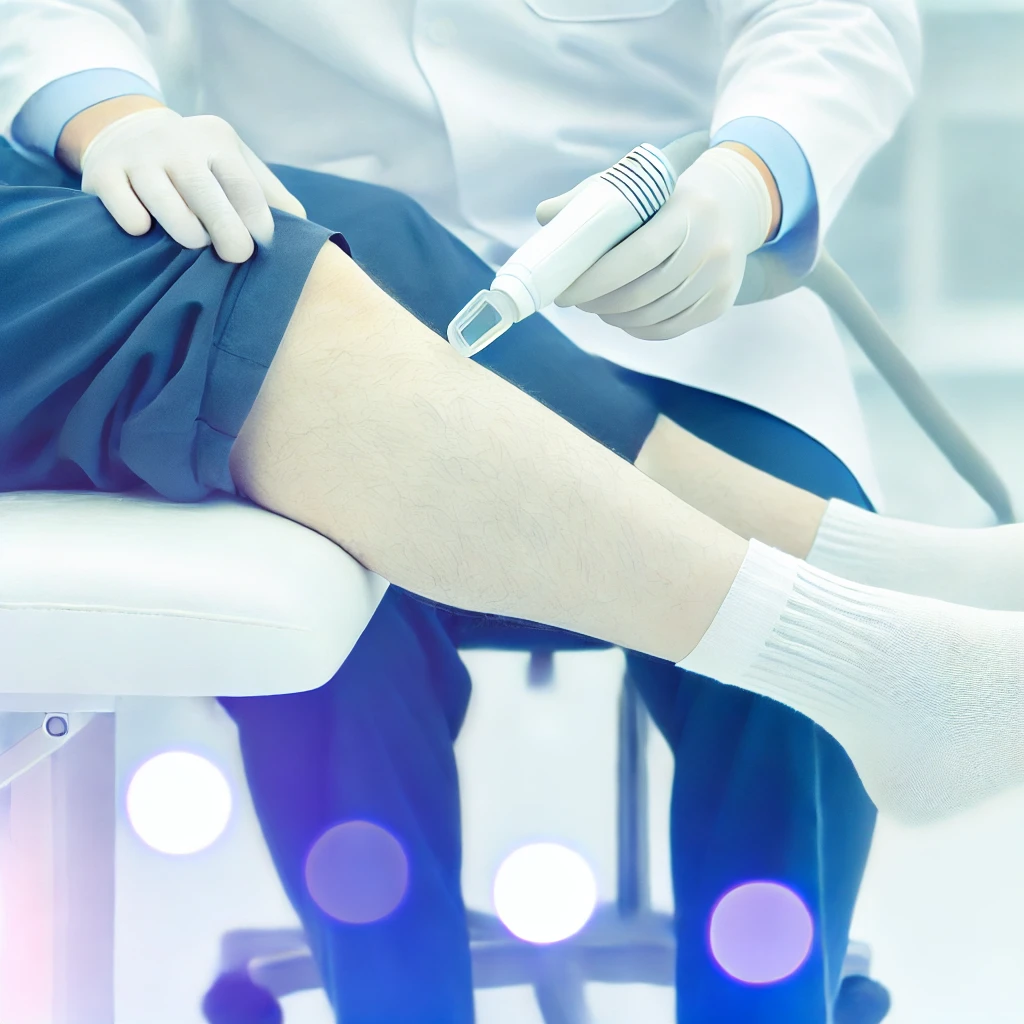Leg Vein Treatment: Effective Solutions for Healthy Legs
Leg vein treatment encompasses a variety of procedures designed to address unsightly or painful leg veins, including varicose veins and spider veins. These conditions can affect both appearance and comfort, leading individuals to seek effective treatment options. This article provides an overview of leg vein treatments, their benefits, and what patients can expect during the process.
Understanding Leg Veins
Leg veins play a crucial role in returning blood from the lower extremities back to the heart. When the valves in these veins become weak or damaged, blood can pool, leading to conditions such as varicose veins (enlarged, bulging veins) and spider veins (smaller, web-like veins). These conditions can result in discomfort, swelling, and aesthetic concerns.
Common Leg Vein Treatments
- Sclerotherapy:
Sclerotherapy is a minimally invasive procedure that involves injecting a sclerosing solution into the affected veins. This solution causes the veins to collapse and eventually fade from view. Sclerotherapy is particularly effective for treating spider veins and small varicose veins.- Benefits: Quick procedure, minimal downtime, effective for cosmetic improvement.
- Ideal For: Spider veins and small varicose veins.
- Laser Vein Treatment:
Laser therapy utilizes focused light energy to target and treat varicose veins. The heat from the laser damages the vein walls, causing them to close and gradually be absorbed by the body. This treatment is ideal for smaller varicose veins and spider veins.- Benefits: Non-invasive, minimal discomfort, and no needles.
- Ideal For: Surface-level varicose veins and spider veins.
- Endovenous Laser Treatment (EVLT):
EVLT is a minimally invasive procedure that uses laser energy to treat larger varicose veins. A thin laser fiber is inserted into the affected vein through a small incision, delivering laser energy to seal the vein shut. This treatment is performed under local anesthesia.- Benefits: Quick recovery, effective for larger varicose veins, and minimal scarring.
- Ideal For: Larger varicose veins.
- Radiofrequency Ablation:
Similar to EVLT, radiofrequency ablation involves using heat to close off varicose veins. A thin catheter is inserted into the vein, and radiofrequency energy is applied to heat and collapse the vein walls. This method is also performed under local anesthesia.- Benefits: Effective and minimally invasive, with a quick recovery time.
- Ideal For: Larger varicose veins.
- Vein Stripping:
Vein stripping is a surgical procedure to remove varicose veins through small incisions. This option is typically reserved for larger veins that cannot be treated with less invasive methods. It is performed under general anesthesia and requires a longer recovery period.- Benefits: Effective for significant varicose veins, long-term results.
- Ideal For: Large varicose veins resistant to other treatments.
- Compression Therapy:
Compression stockings are often recommended as part of leg vein treatment. These specially designed stockings apply pressure to the legs, helping improve blood circulation and reduce swelling. Compression therapy can be used alongside other treatments or as a preventive measure.- Benefits: Non-invasive, helps alleviate symptoms, and supports recovery.
- Ideal For: All types of leg vein conditions, especially during recovery.
What to Expect During Treatment
- Consultation:
A thorough consultation with a healthcare provider specializing in vascular conditions is essential. They will assess your symptoms, perform a physical examination, and recommend appropriate treatment options based on your specific needs. - Procedure:
Most leg vein treatments are outpatient procedures, meaning you can return home the same day. Local anesthesia is often used to minimize discomfort during the procedure. The duration of treatment varies depending on the method chosen, ranging from 30 minutes to an hour. - Recovery:
Recovery times vary based on the treatment method. Non-invasive options like sclerotherapy and laser treatments typically require minimal downtime, while surgical methods like vein stripping may necessitate a few weeks for full recovery. - Results:
Patients often notice improvements shortly after treatment, with full results becoming apparent over weeks to months as the body reabsorbs the treated veins.

Post-Treatment Care
To ensure optimal results and minimize complications, consider the following post-treatment care tips:
- Follow Provider Instructions: Adhere to any specific aftercare instructions given by your healthcare provider.
- Wear Compression Stockings: If recommended, wear compression stockings to support healing and improve circulation.
- Limit Strenuous Activities: Avoid heavy lifting or strenuous exercise for a few days post-treatment.
- Monitor for Side Effects: Watch for any unusual symptoms, such as excessive swelling or pain, and report them to your provider.
Conclusion
Leg vein treatments provide effective solutions for individuals seeking to improve the appearance and comfort of their legs. With a range of options available, including non-invasive and surgical methods, patients can find the right treatment tailored to their specific needs. Consulting with a qualified healthcare provider is essential to achieve the best possible outcomes and regain confidence in your legs.

